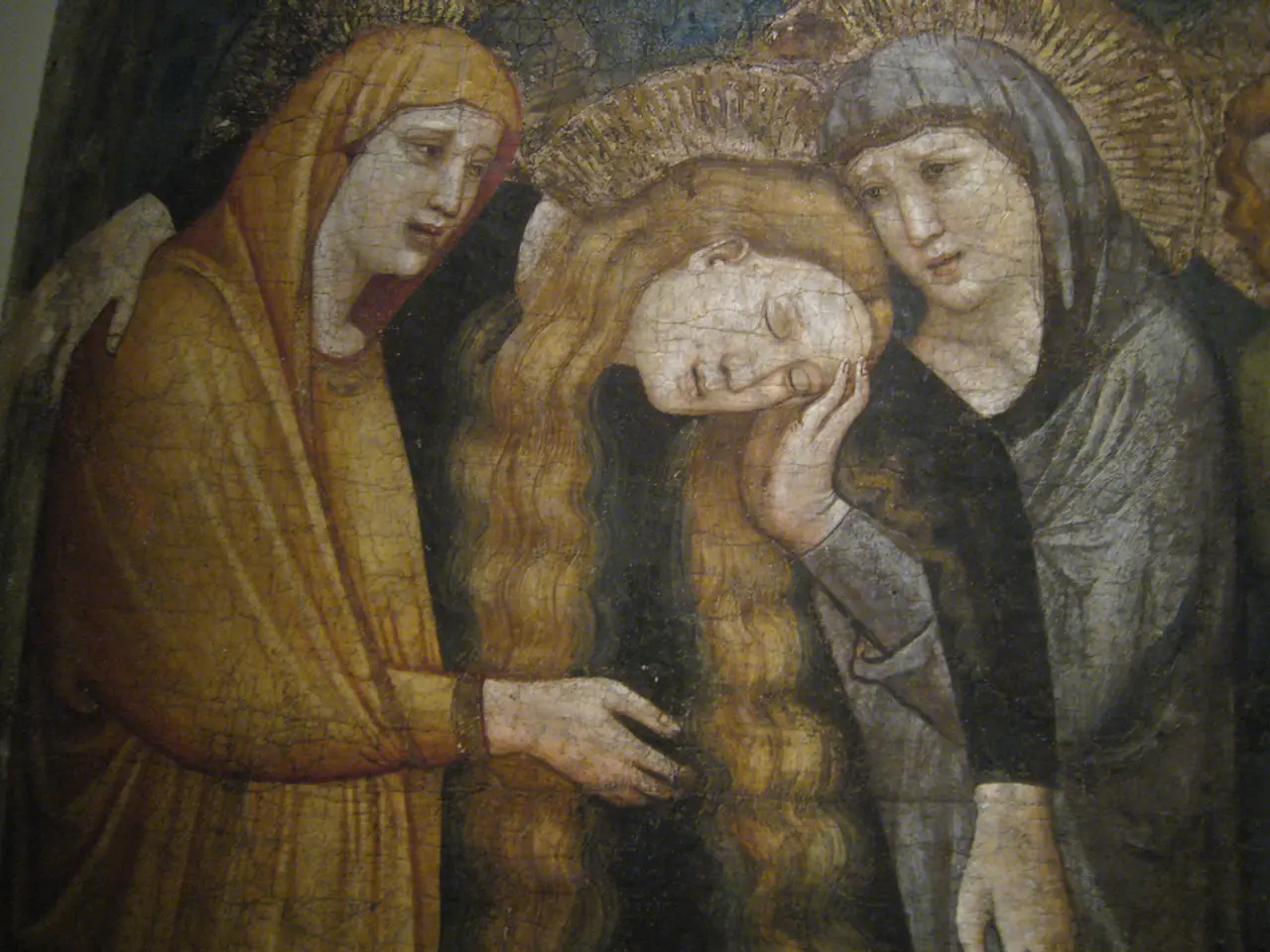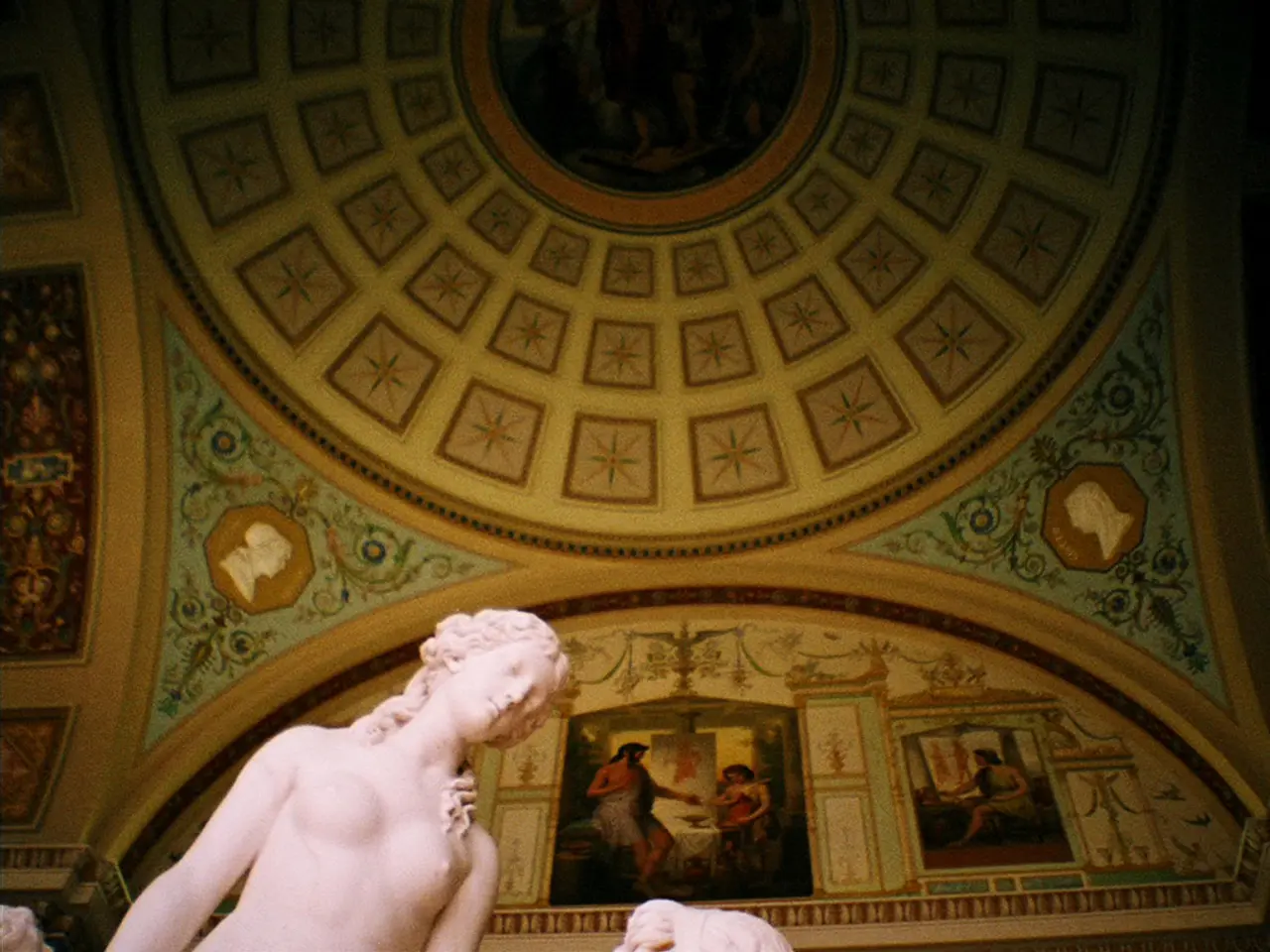The background and the tumultuous debut of Elgar's Cello Concerto, a renowned musical composition
Edward Elgar's Cello Concerto, composed in 1919, stands as a testament to the profound impact of personal and historical events on his music. The piece, markedly different from his earlier works, was born out of a period of deep introspection and national disillusionment following World War I.
Personal factors played a significant role in shaping the concerto. Elgar, who had previously enjoyed success with works such as the Enigma Variations and the Violin Concerto, found himself grappling with personal loss and grief. The death of close friends and the aftermath of the war brought a more somber mood to the concerto, contrasting the triumphant tone of his earlier works[1][3].
Elgar's fragile state of mind was further affected by the disastrous premiere of the Cello Concerto on October 27, 1919. The London Symphony Orchestra's performance was marred by inadequate rehearsal time and poor execution, leaving Elgar feeling empty and cold[2].
Historical factors also played a key role. The concerto was written during a time when the optimism and grandeur of the pre-war Edwardian era had been shattered. The cultural landscape had shifted towards a more reflective, even melancholic, mood. Elgar’s concerto reflects this through its elegiac tone, restrained emotion, and relatively sparse orchestration compared to his earlier lush, romantic scores. This marked a departure from his usual late-Romantic, Wagnerian-influenced style towards something more personal and subdued, mirroring the changed post-war society and Elgar's own altered outlook[1][3].
The Cello Concerto opens with a deep cry of despair, played by the cello, followed by a whisper from the viola section[4]. This sets the stage for a journey of great emotion supported by the orchestra, taking the listener on a somber, introspective journey[5].
Despite the initial disappointment of its premiere, the Cello Concerto found new life in the 1960s, thanks to the performances and recordings of Jacqueline du Pré[6]. Her interpretations contributed significantly to the concerto's recognition as one of the greatest concertos of all time.
In conclusion, the dramatic stylistic shift in Elgar's Cello Concerto can be attributed to his personal grief and introspection after World War I, combined with the broader historical context of post-war disillusionment. This melancholic, reflective piece serves as a poignant reminder of the tumultuous times in which it was created.
References: [1] Elgar, E. (1919). Cello Concerto in E minor, Op. 85. [2] Newman, E. (1919). Review of the premiere of Elgar's Cello Concerto. The Times. [3] Jones, D. (2003). Edward Elgar: A Biography. Yale University Press. [4] Elgar, E. (1919). Sketchbook for Cello Concerto. British Library. [5] Elgar, E. (1919). Full score of Cello Concerto. British Library. [6] Du Pré, J. (1965). Recordings of Elgar's Cello Concerto. EMI Classics.
The powerful personal loss and grief experienced by Edward Elgar influenced the melancholic tone of his Cello Concerto, markedly different from his earlier works. This change mirrored the shift in the cultural landscape towards a more reflective and melancholic mood following World War I. The concerto's opening, with a deep cry of despair from the cello and a whisper from the viola section, sets the stage for this introspective journey through musically expressed sorrow.








